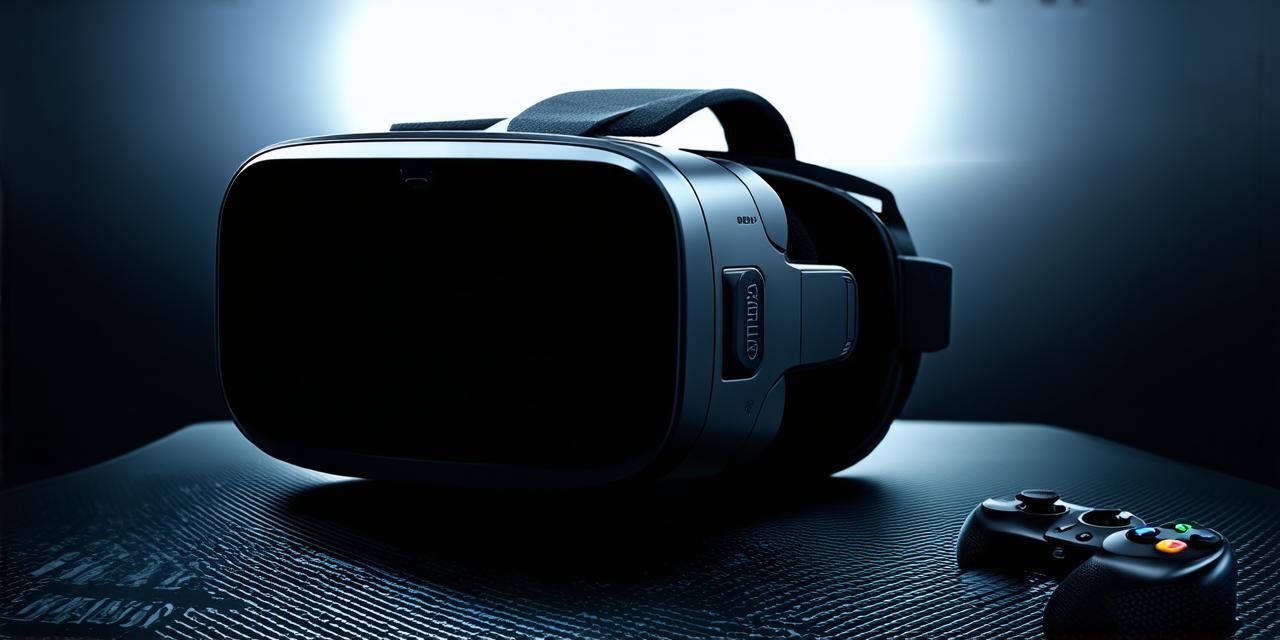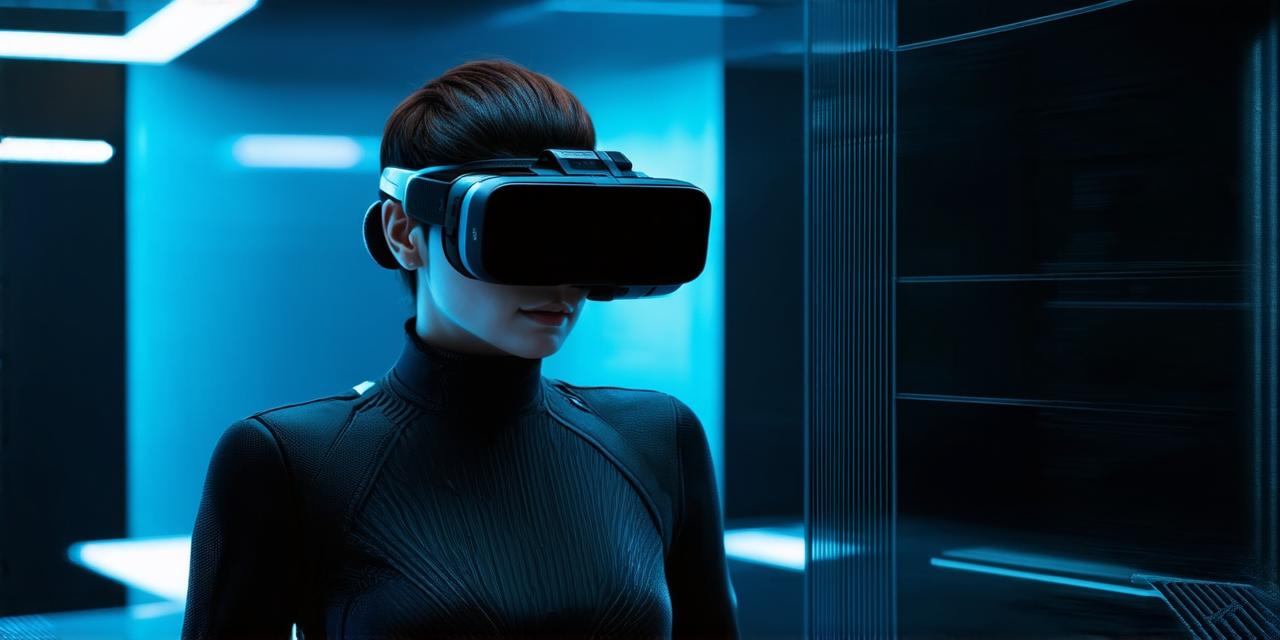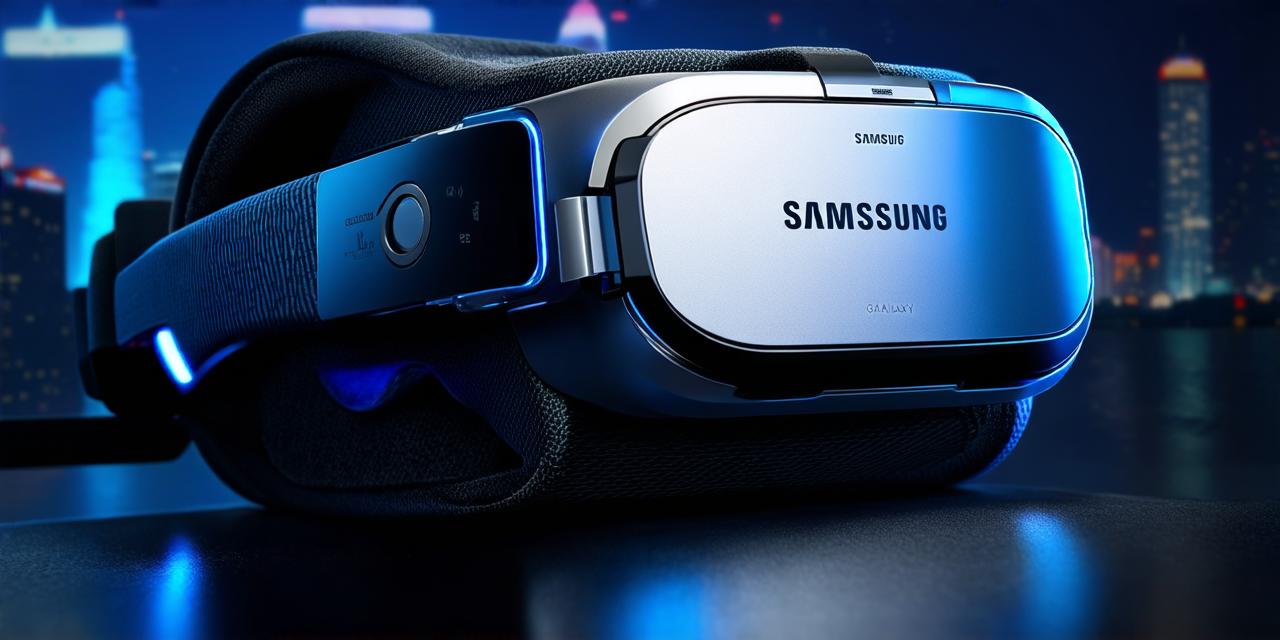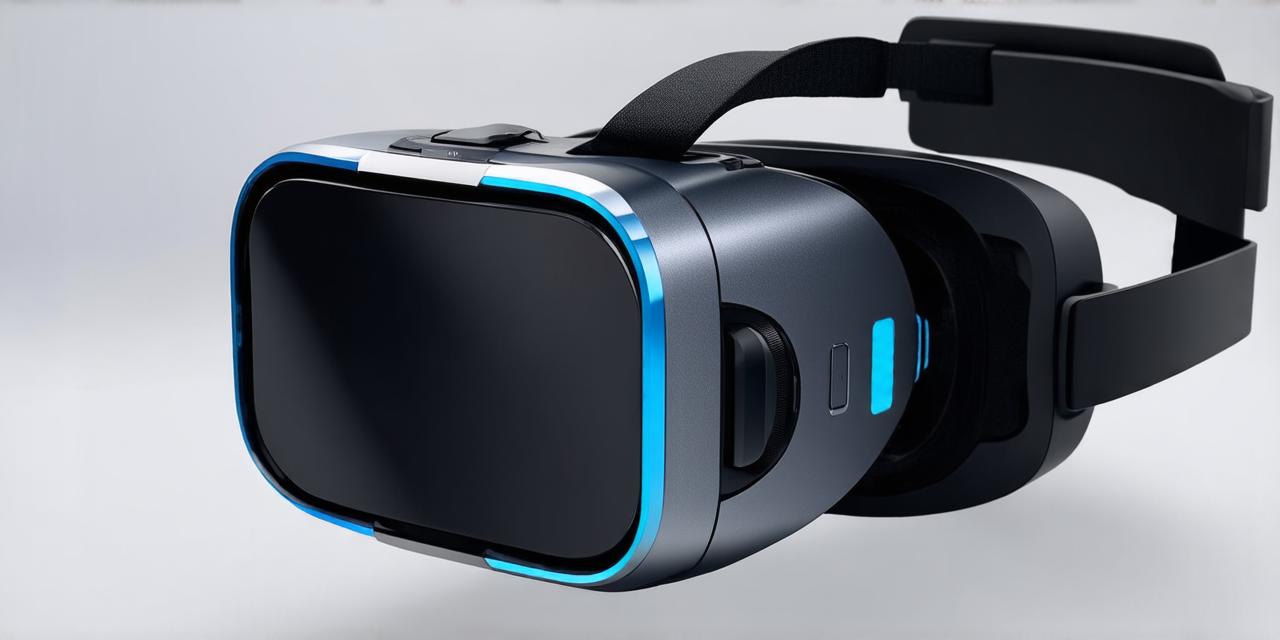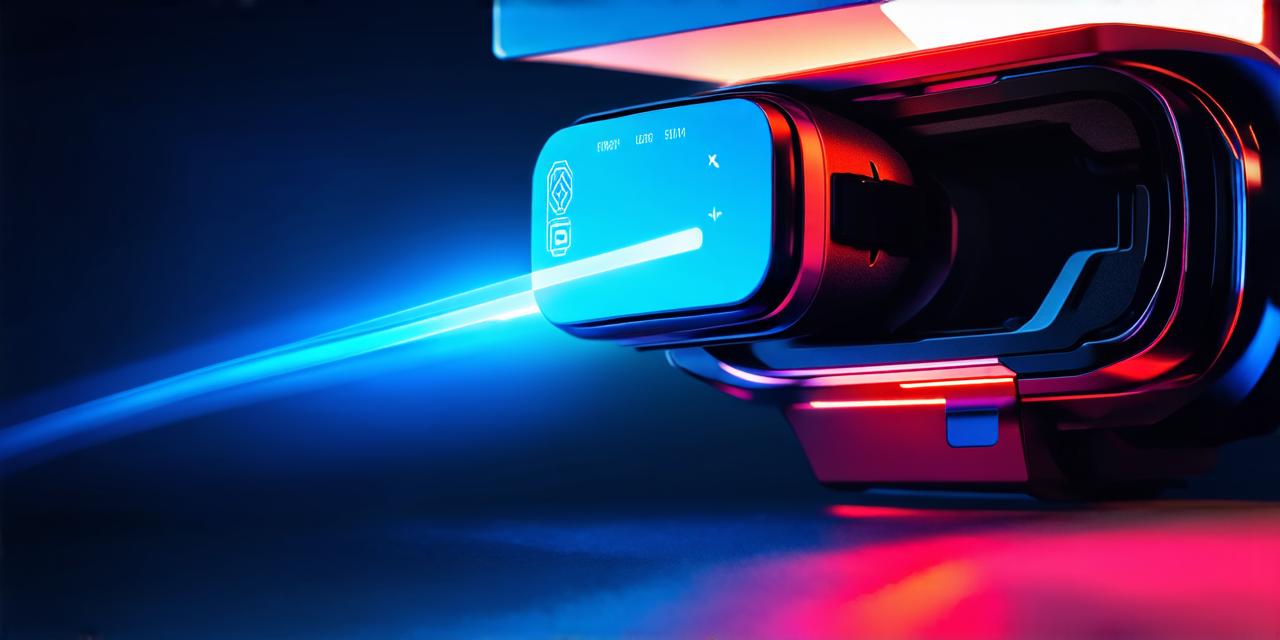Virtual reality (VR) games have been gaining immense popularity in recent years, and with good reason. These immersive experiences offer players an entirely new level of interaction and engagement that traditional gaming cannot match.
Hardware Requirements
Virtual reality games require specific hardware to function properly. The most critical component is a VR headset, which tracks the player’s movements and displays the virtual environment. There are two main types of VR headsets: wired and wireless. Wired headsets offer a more stable and accurate tracking experience but require a cable connection, while wireless headsets provide greater freedom of movement but may have some latency issues.
Other essential hardware components include a powerful computer or gaming console capable of running VR software, high-resolution displays for the virtual environment, and motion controllers to interact with virtual objects. The hardware requirements can vary depending on the specific game and its intended level of realism, so it’s important to research the requirements before investing in VR gear.
Software Development
Virtual reality games require specialized software to bring the virtual world to life. This includes game engines, programming languages, and development tools. Some popular game engines for VR development include Unity, Unreal Engine, and HTC Viveport. These engines provide a range of features such as physics simulation, animation, and user interface design that make it easier to develop complex VR games.
Programming languages such as C++ and Java are also commonly used in VR game development. Developers can use these languages to create custom scripts and plugins for their games, allowing them to add unique features and functionality. Development tools like Visual Studio and Eclipse provide a range of features for debugging, profiling, and optimizing code.
Game Design
Virtual reality game design is an entirely new discipline that requires a different set of skills and considerations compared to traditional gaming. One of the most important factors in VR game design is creating a sense of presence and immersion. Players should feel like they are truly part of the virtual world, with no disconnect between their physical and virtual selves.
To achieve this, designers need to pay close attention to factors such as lighting, sound, and movement. They must also consider how players will interact with virtual objects and environments, designing intuitive and responsive controls that allow for seamless gameplay.
Another critical aspect of VR game design is motion sickness. Studies have shown that motion sickness can occur in up to 40% of VR users, so designers need to take steps to mitigate this risk. This includes minimizing sudden movements and providing clear visual cues to help players navigate the virtual world.
Case Study: Beat Saber

Beat Saber is a popular VR rhythm game that has become a cultural phenomenon since its release in 2017. The game requires players to use motion controllers as light sabers to slash through blocks that represent musical beats.
One of the key factors that makes Beat Saber so engaging is its intuitive and responsive control system. Players can easily move their arms and hands to slash through the blocks, creating a sense of flow and rhythm that keeps them immersed in the game. The game also uses lighting and sound effects to create an immersive atmosphere that enhances the overall experience.
Experimentation and Research
Virtual reality technology is still relatively new, and there is much ongoing experimentation and research in this field. Scientists are exploring the potential of VR for various applications, from treating mental health disorders to improving spatial awareness and training astronauts.
One recent study found that VR exposure can improve spatial memory and navigation skills by up to 20%. This suggests that VR could be a useful tool for training pilots and other professionals who need to navigate complex environments.
FAQs
1. What hardware do I need to play virtual reality games?
To play virtual reality games, you will need a VR headset, a powerful computer or gaming console, high-resolution displays for the virtual environment, and motion controllers.
2. Can virtual reality games cause motion sickness?
Yes, virtual reality games can cause motion sickness in some users. To mitigate this risk, designers should pay close attention to factors such as sudden movements and visual cues.
